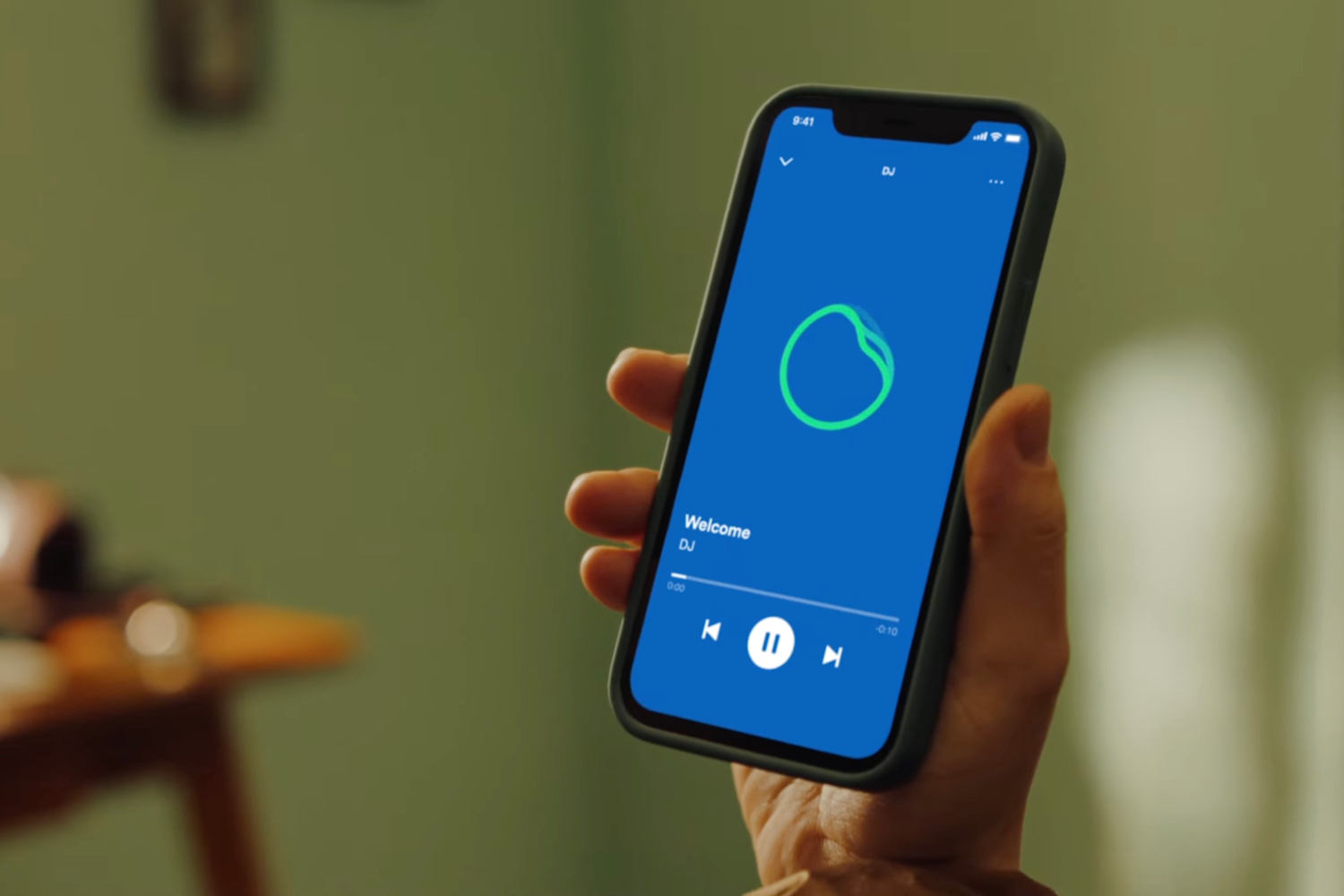A washing machine is undoubtedly a household staple, so when it stops working as well as it used to, it can be a cause for concern.
Over time, all the detergent, dirt and general debris can build up on the inside of your appliance and cause it not to drain efficiently. If you’ve noticed that your clothes aren’t dry after a spin cycle or your machine doesn’t completely drain, then there’s likely to be a blockage somewhere.
To prevent you from needing to splurge on a brand new appliance, we’ve put together these steps to help you determine and fix the problem yourself. Keep reading to learn how to unblock a washing machine that won’t drain.
What you’ll need:
Fortunately, you should already have most of the tools you need to unblock a washing machine, as the main task is to clear out the filter. However, there are a few optional extras you might want to consider, such as dedicated washing machine cleaners and descalers.
- Empty containers
- Towels
- Rubber gloves
- Cloths
- Drain cleaner
- Washing machine descaler
- Washing machine cleaner
The short version:
- Open the service hatch
- Detach the emergency hose
- Place the hose into a container to empty water
- Remove the filter
- Clean the filter
- Check the machine
- Inspect the hose
- Check the standpipe
-
Step
1Open the service hatch
You can find this at the front of most of the best washing machines, and usually at the bottom left or bottom right corner. Opening this will reveal the machine’s filter and hose.

-
Step
2Detach the emergency hose

You’ll need to carefully remove the hose in order to start draining the machine. Make sure that as you’re removing it to keep it pinched, so water doesn’t flow out. To minimise any mess, it’s advisable to put down a flat tray or towels on the floor to catch any drops.

-
Step
3Place the hose into a container to empty water

Carefully place the hose into a container and release your grip. Here is where water should start to pour out.
To avoid any accidental spills, make sure you pinch or raise the hose up when it’s not near a container so water doesn’t pour out.

-
Step
4Remove the filter

Once the water has drained, you should then look for any immediate blockages. To do this, unscrew the round access cap and remove from its place, ensuring you keep the towels and tray down to collect and water.
When the filter is removed, don a pair of rubber gloves and carefully feel around for any loose debris that might be causing the block. You should also check that the impeller can turn but remember to be careful so you don’t risk getting your fingers stuck.

-
Step
5Clean the filter

When you first removed the filter, you may have been greeted with lots of debris or sludge which can naturally build up over time. The easiest way to clean it is by running it under the tap and wiping it down with a cloth.
Before placing it back, make sure that the area is debris-free then screw the cap back on firmly.

-
Step
6Check the machine

Now is a good time to check whether your machine can now drain. Simply start up a wash programme and allow the machine to fill up before stopping it manually. There are a couple of ways you can manually stop your machine, which we’ve detailed in our troubleshooting section below.
Here you should see whether your machine manages to drain and is therefore unblocked. If it does then you can skip the next two steps and instead follow our guide on how to clean a washing machine or how to maintain your washing machine.
Otherwise keep reading to explore more solutions.

-
Step
7Inspect the hose

Unplug the machine, then check the entire length of the drain hose for any kinks or twists. You can also pull the hose from the standpipe to remove any obvious blockages.

-
Step
8Check the standpipe

Next, check the itself to see if there’s any water present and, if there is, there may be a blockage in the drain. Here’s where a powerful drain cleaner might help, just be wary of pouring it in too quickly and worsening the block.
Once you’ve done this, you should try the drain test again from step six. If the machine still doesn’t drain properly then you will need to consult a professional.

Troubleshooting
There are a couple of ways to manually stop a wash cycle. You can either press the start/pause button or turn the dial back to the off position.
If you’ve noticed water leaking through the service hatch, after you drained the machine and cleaned the filter, then you may not have tightened it correctly. To fix this, you’ll need to remove it and refit it again.










